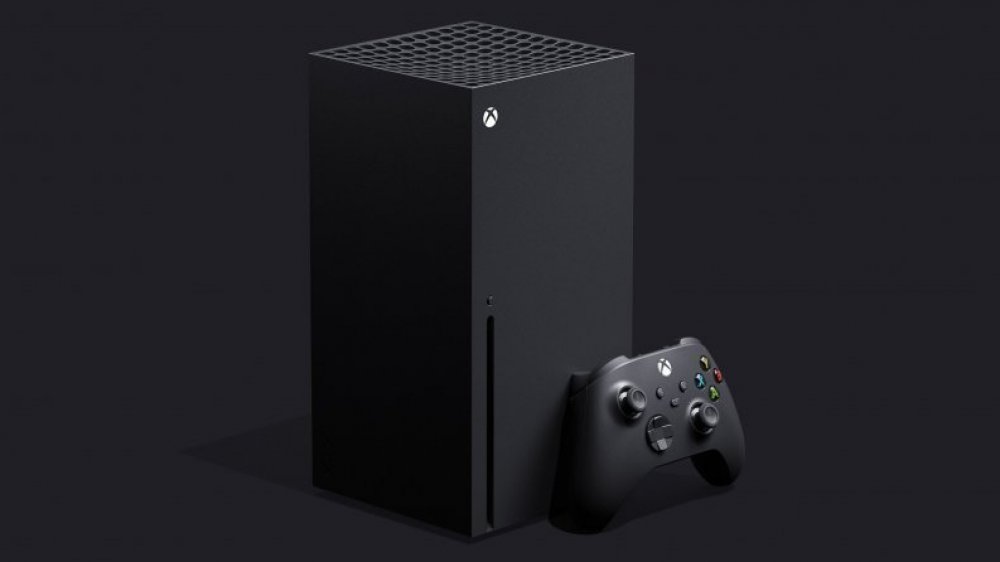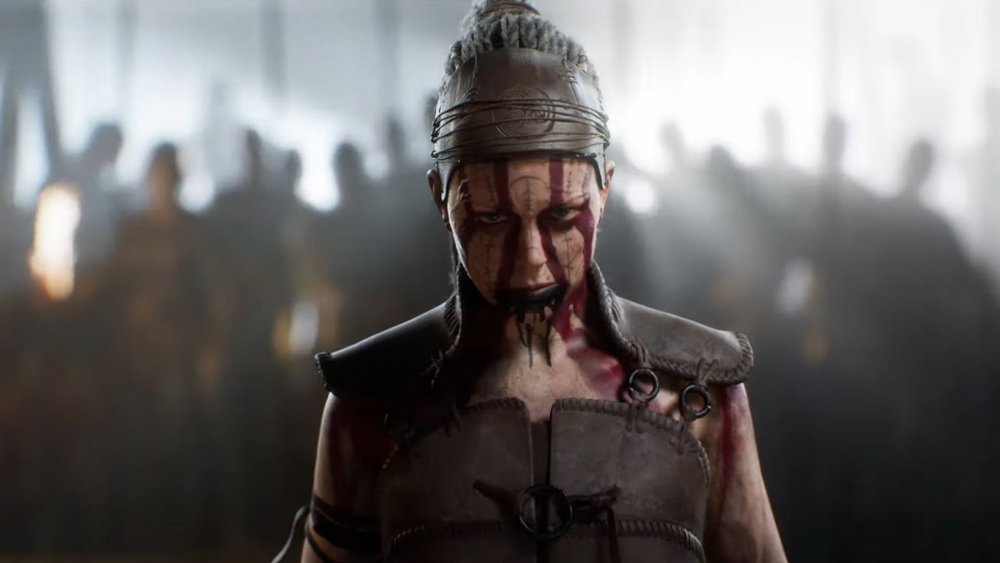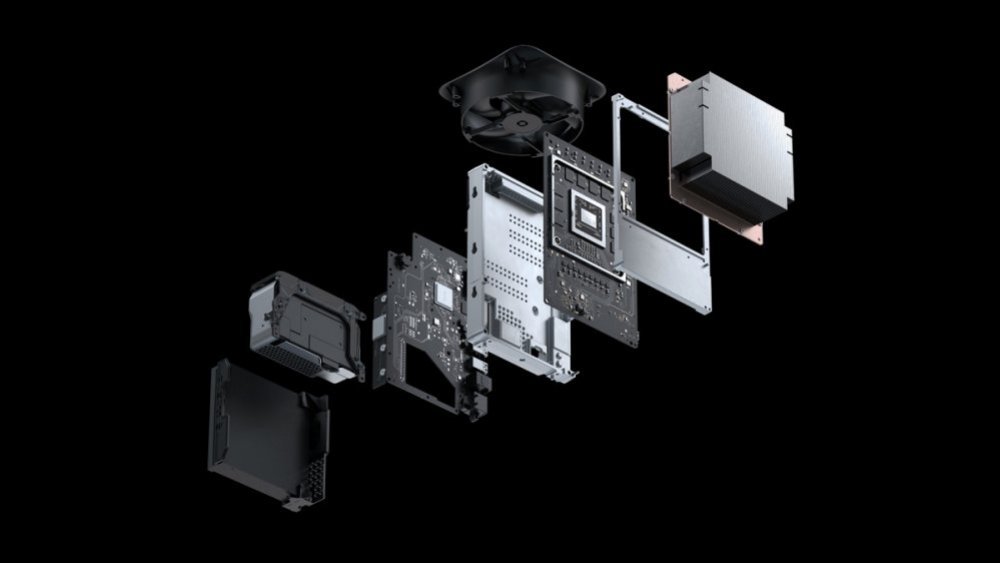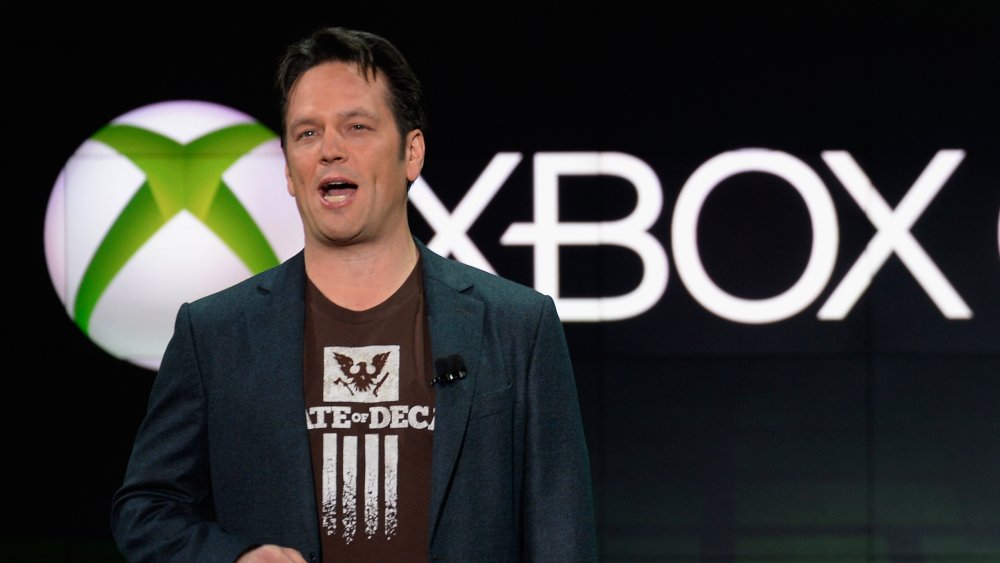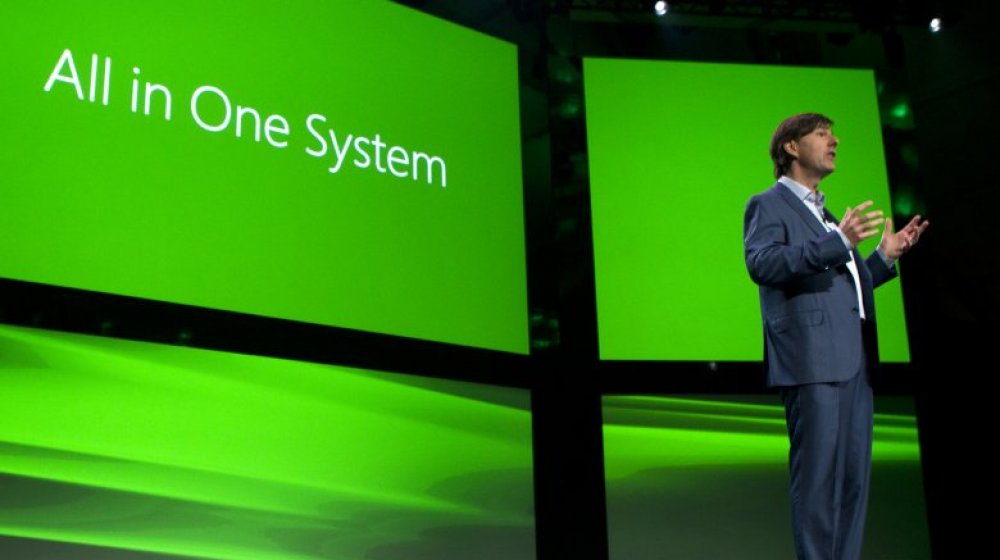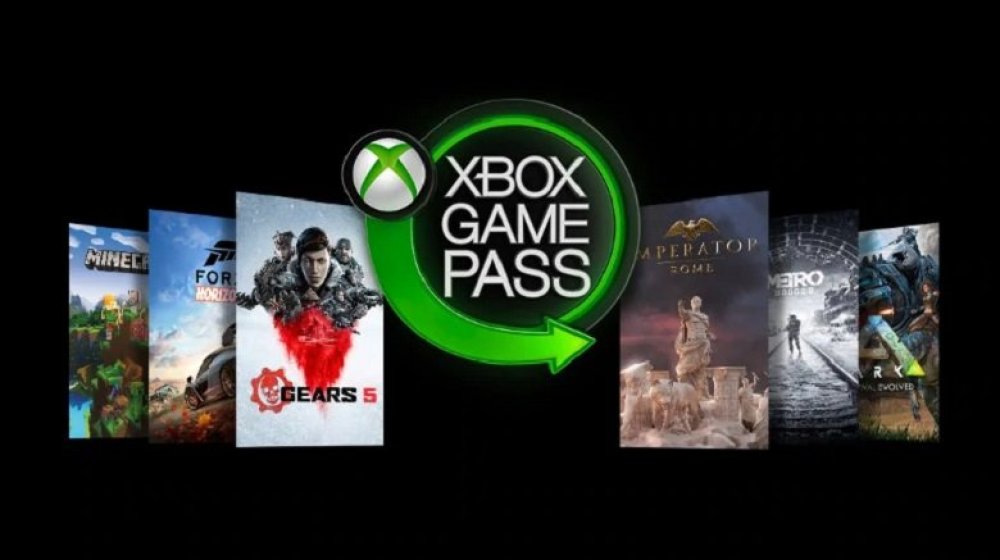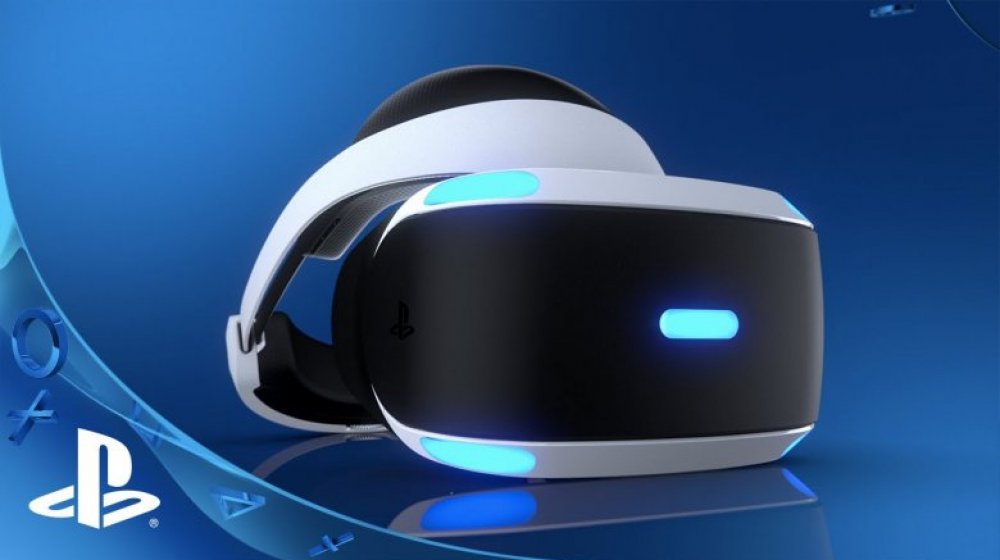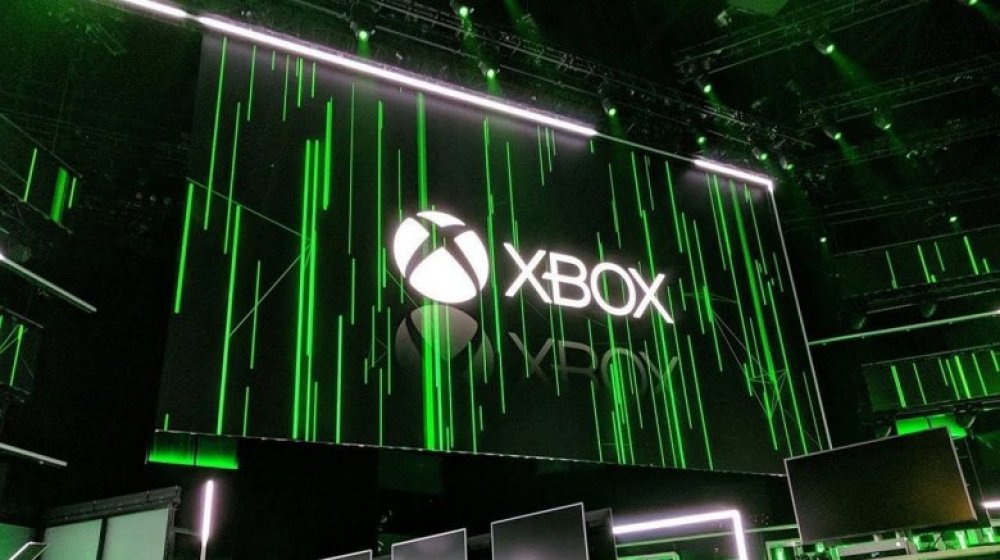Major Problems Xbox Series X Needs To Fix For Microsoft
The failed Xbox One launch has been well-documented. If you're a fan of the Xbox brand, a photo of Don Mattrick may not cause your blood to boil any longer. Instead, you may just chuckle, roll your eyes, and give thanks he's not in charge of Xbox anymore. Those were some truly terrible days.
In the years since, Microsoft has slowly but steadily repaired its reputation. The Xbox team put its focus back on gamers, and those gamers have rewarded Microsoft's efforts with a comeback story. To clarify, the Xbox One has absolutely no chance of catching the PlayStation 4 as far as sales are concerned. But Microsoft is in a much better position now to launch its next generation console, the Xbox Series X.
If Microsoft plays its cards right, the Xbox Series X could even win the next-gen battle. A few years back, that seemed unthinkable.
Here are the key issues Microsoft needs to address with the Series X if it wants a shot at victory. The company appears to have plans for some. Others, not so much. All seem necessary for the Xbox Series X to tower over the PlayStation 5 come Holiday 2020 and beyond.
The exclusives gap
Once upon a time, Microsoft was loaded with exclusives. Aside from the big ones like Halo and Gears of War, there were titles such as Brute Force, Blue Dragon, Crimson Skies, and Lost Odyssey. Microsoft once seemed intent on filling out its catalog of exclusives, and even got a little weird on certain occasions.
That vision seemed to go out the window with the Xbox One, which mostly drew support from tent-pole franchises like Halo and Gears. The console saw the few other exclusives it had scheduled either flop or fall apart. History cannot repeat with the Xbox Series X if it hopes to win.
The good news, at least, is that Microsoft has made some pretty big moves to address this area of need. In the past few years, the company has acquired a number of studios, including Ninja Theory, Obsidian Entertainment, and Double Fine. On top of that, Microsoft is building a brand new studio called The Initiative, and will continue to receive support from stalwarts like 343 Industries, The Coalition, Playground Games, and Turn 10.
Microsoft is doing what it can to equip the Xbox Series X for the next-gen battle, undoubtedly spending a lot of money to buy those teams and their associated properties. It's unclear whether this strategy will payoff.
The power struggle
There's nothing that can incite a platform war better than a discussion about graphics. Though PC gamers aren't totally innocent when it comes to stirring the pot — looking at you "PC Master Race" members — these battles are largely waged between owners of competing consoles.
While much of it may seem like trolling at its finest, some of this online chatter can help shape the narrative around a particular console. With more and more news outlets turning to social media for consumer reactions, those sentiments can eventually reach more casual gamers and influence their purchasing decisions. This is why the Xbox Series X cannot lose the power battle to the PlayStation 5.
The Xbox One was less powerful than the PlayStation 4. While the Xbox One did have a host of other issues to contend with, it also had trouble shaking that "weaker console" designation. The topic came up in loads of reviews as critics compared frame rates and resolution in cross-platform titles. These reviewers found, more often than not, that the Xbox One came out on the losing end.
The Xbox Series X needs to wipe the slate clean. There are a lot of ways it can do that, but the power category will be especially key. By all accounts, the Series X is an impressive specimen in terms of its tech. Can it vanquish the PlayStation 5, though? That remains to be seen.
Console price
The Xbox One got hit with a double whammy at launch. Not only did it present as a less powerful alternative to the PlayStation 4, the price was significantly higher than Sony's console. Some of this had to do with the Kinect, which Microsoft included with each and every Xbox One. Some of it also stemmed from hubris. The Xbox 360 was a huge success, and Microsoft seemed to believe everyone would jump on board with the next machine, no matter the cost.
That didn't happen. The $399 PlayStation 4 ate the Xbox One's lunch, Sony proceeded to run away with the entire generation, and Microsoft was forced to dramatically overhaul its Xbox business. The Xbox Series X can't make the same mistake when it comes to price.
There's some good news on this front: Microsoft seems poised to either match or undercut the PlayStation 5 when pricing details are finally revealed. Xbox head Phil Spencer said his team wants to "stay agile" on pricing, which seems to imply Microsoft will wait until Sony announces the PS5 price before revealing a price tag of its own. This could go a long way toward helping the Series X gain the kind of foothold in the market the Xbox One never did.
Extraneous features
The Kinect. SmartGlass. Snap. Cortana taking over your screen while you're trying to snipe someone in Call of Duty. Microsoft experimented quite a bit with the Xbox One, sometimes landing on a fan-favorite feature, but mostly annoying everyone who simply wanted to play games. The company marketed the Xbox One as, fittingly, an "all-in-one" entertainment device. What consumers got was a mess of initiatives that overshadowed the core function of the console.
For the Xbox Series X to win the next generation, it needs to take things back to basics. It can accomplish this by focusing less on the other stuff and nailing the "playing games" part. Evidence suggests Microsoft intends to do just that.
Though it's heartbreaking for some, the HDMI-in port is gone, as is the IR blaster present on the front of the Xbox One. All that cable TV business is hitting the road. Kinect support was also phased out years ago, and Microsoft seems eager to leave that particular product in the past. Snap and SmartGlass have been gone for years and there are no signs they're coming back. Best of all, Microsoft hasn't been talking up any weird new additions.
The Xbox Series X looks like it'll primarily play video games. Now was that so hard?
Value-added services
Xbox owners dating all the way back to the original console have needed to pay Microsoft for online play. Microsoft provides you with a multiplayer gaming infrastructure, friends lists, and cloud saves via Xbox Live, and you give Microsoft money. Xbox Live is a sort of value-added service for your Xbox, in that you don't need it, but having it enhances your experience pretty significantly.
Late in the Xbox One's life cycle, Microsoft introduced Xbox Game Pass. For a monthly subscription fee, Game Pass lets you access over 100 titles on console or PC. Another tier of that service, Game Pass Ultimate, bundles Game Pass for console and PC with Xbox Live. Xbox Game Pass will continue on and could improve dramatically when the Xbox Series X launches.
Microsoft is also exploring the world of cloud gaming. Project xCloud gives you access to your Xbox library, as well as titles on Game Pass, via Microsoft's game streaming technology. In addition, a Game Pass Ultimate subscription will let you use Project xCloud at no additional charge.
These services do far more to improve your Xbox experience than Xbox Live alone. They'll undoubtedly be key if Microsoft hopes to capture the top spot with the Series X.
Some kind of VR strategy
If you're reading this a year or two after the launch of the Xbox Series X and PlayStation 5, there's a chance you could be hearing about the second generation of PlayStation VR. Sony was early to the virtual reality game on the console side, launching the original PlayStation VR while promising further VR support in the future.
Microsoft understandably wants to hold off on unnecessary peripherals with the Xbox Series X. It doesn't want another Kinect, after all. The company really can't keep sitting things out when it comes to VR, though.
Many who've experienced virtual reality — especially the really good games like Half-Life: Alyx — can't stop talking about how it's the future of the medium. That may be a bit overblown, but it's tough to deny how immersive VR games can be when done right. If VR takes off to the point of being a must for platform holders and game developers, Microsoft may not be able to respond in time to seriously contend. By that point — at least on the console side — the PlayStation brand will likely have cemented itself as a leader in the industry.
Again, Microsoft's hesitance is not without reason. The Kinect helped doom an entire console generation for the company. Virtual reality seems to have legs, though, and the longer Microsoft waits to get the Xbox Series X in on the action, the worse off its future prospects will be.
Those ultra-confusing names
It's hard to call Microsoft a master of branding. This is the company behind Windows 3.1, Windows 95, Windows XP, and Windows Vista. Those names have nothing to do with each other. Microsoft also released Windows 7 and Windows 8, and followed them with Windows 10. That's a little better, except the company skipped the number 9 entirely for some reason.
Microsoft hasn't done much better on the Xbox side of things, either. Xbox certainly made sense as the first of its kind. Unfortunately, the company launched the Xbox 360 afterward, and then the Xbox One. If you're a fan of logical naming conventions, this probably drove you mad.
The Xbox Series X doesn't look like it'll help matters, but it's comforting that Microsoft plans to use "Xbox" in conjunction with some kind of series model going forward. So the Xbox Series X will launch first, and could be followed by something else — perhaps a cheaper version called the Xbox Series S. Newer generations could then use different letters, or perhaps tack a number onto the end. Think "Xbox Series X2."
It's certainly not as clean as "PlayStation" and "whatever number," but it's an improvement for Microsoft. Again, the company really seems to have trouble with this kind of thing. Hopefully the next generation fixes it.

